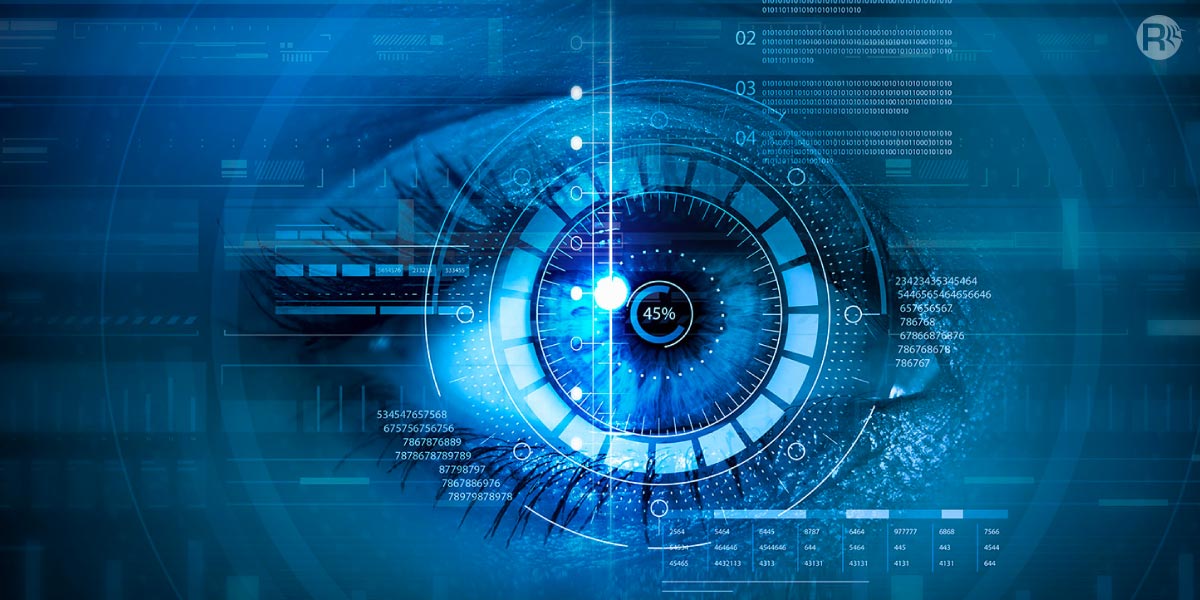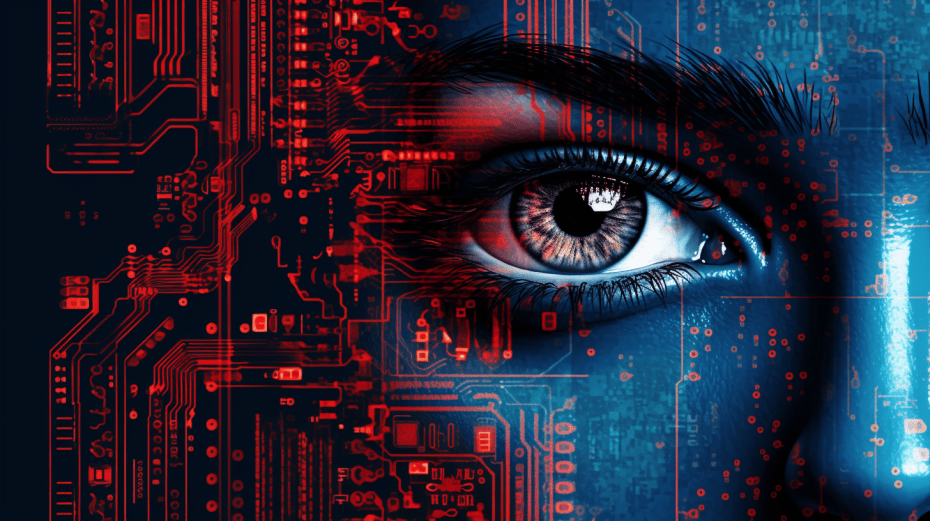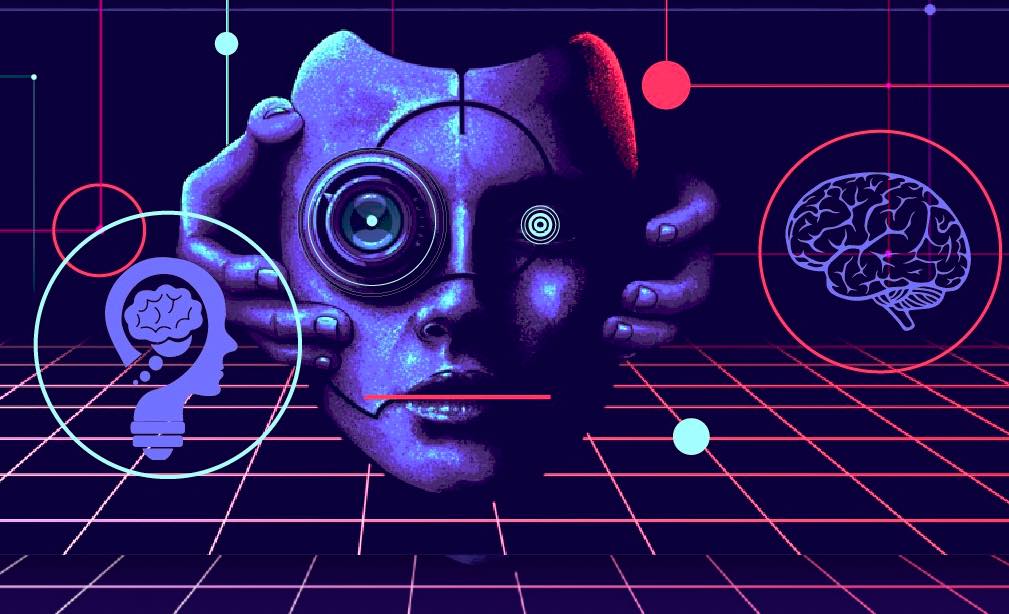

What is Computer Vision?
Computer vision is a branch of artificial intelligence (AI) focused on enabling machines to interpret and make decisions based on visual data. By processing images or videos, computer vision systems can recognize objects, classify them, and understand complex scenes, allowing computers to "see" and understand the world similarly to how humans do.
The History of Computer Vision
- 1960s: The field began with simple image processing tasks like edge detection and shape recognition.
- 1980s-1990s: Advancements in machine learning and digital image availability propelled the field forward.
- 2010s: The introduction of deep learning revolutionized computer vision, enabling unprecedented accuracy and handling complex tasks.
Key Concepts in Computer Vision
- Image Processing: Manipulating images to enhance them or extract useful information using techniques like filtering, edge detection, and segmentation.
- Feature Extraction: Identifying and isolating key features of an image, such as edges, corners, and textures, essential for further analysis.
- Object Recognition: Identifying and classifying objects within an image. Techniques like Convolutional Neural Networks (CNNs) have greatly improved object recognition accuracy.
- Image Classification: Assigning a label to an entire image based on its content, such as classifying an image as containing a cat, dog, or car.
- Image Segmentation: Dividing an image into segments, each representing a different object or part of an object, helping in understanding the spatial structure of the scene.
- Pose Estimation: Determining the position and orientation of objects within an image, crucial for applications like augmented reality and robotics.
Key Applications of Computer Vision
- Facial Recognition: Used in security systems, smartphones, and social media, it can identify and verify individuals based on their facial features.
- Autonomous Vehicles: Self-driving cars use computer vision to navigate and understand their environment, recognizing obstacles, traffic signs, and pedestrians.
- Medical Imaging: Aids in the analysis of medical images like X-rays, MRIs, and CT scans, helping doctors diagnose diseases more accurately.
- Retail and E-commerce: Enhances inventory management and personalized shopping experiences.
- Agriculture: Monitors crop health, detects pests, and optimizes harvesting, improving efficiency and yield.
- Security and Surveillance: Automated systems detect suspicious activities and enhance security measures.
The Technology Behind Computer Vision
- Convolutional Neural Networks (CNNs): A type of deep learning algorithm designed for image processing. They consist of layers that automatically learn to identify features in images, making them highly effective for tasks like object recognition and classification.
- OpenCV: An open-source library providing tools for real-time image processing and computer vision applications.
- TensorFlow and PyTorch: Deep learning frameworks that offer powerful tools for developing and training computer vision models, including pre-built models for common tasks.
- ImageNet: A large-scale database of labeled images, commonly used for training and benchmarking computer vision models, helping to improve their accuracy and robustness.
Getting Started with Computer Vision
- Learn the Basics: Familiarize yourself with fundamental concepts and techniques in image processing and computer vision.
- Choose a Programming Language: Python is the most popular language for computer vision due to its simplicity and the availability of powerful libraries like OpenCV and TensorFlow.
- Explore Libraries and Frameworks: Start experimenting with OpenCV for basic tasks and move on to deep learning frameworks like TensorFlow and PyTorch for more advanced projects.
- Work on Projects: Build simple projects such as image classification, object detection, or face recognition to gain practical experience.
- Join the Community: Engage with online communities, forums, and courses to stay updated with the latest advancements and best practices in computer vision.
Conclusion
Computer vision is a rapidly evolving field with immense potential to transform various industries. By understanding the basics and exploring its key concepts and applications, you can begin your journey into this exciting domain. Whether you're a hobbyist, a student, or a professional, there are countless opportunities to contribute to and benefit from the advancements in computer vision technology.
